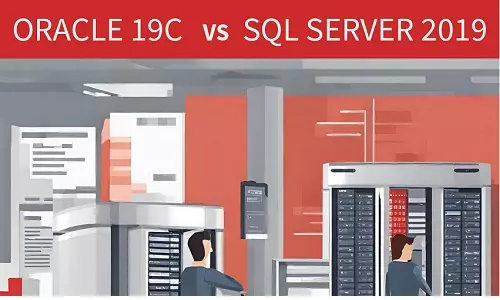Service-Oriented Architecture (SOA) Definition and Description
What is Service-Oriented Architecture (SOA)?
Service-Oriented Architecture (SOA) is a fundamental architectural approach used in software design and development, which aims to create flexible and modular applications by breaking them down into reusable services that can communicate over a network, such as the internet. Therefore, software and service interfaces can be incorporated into new applications without having in-depth knowledge of the underlying service architecture.
This architectural style has evolved to address the challenges of complex and tightly coupled systems that were prevalent in traditional software development approaches. Traditionally (before SOA), application development involved complex point-to-point integration that had to be created in whole for each new project. This process required a full understanding of each service’s component and its underlying architecture.
Aspects of SOA
As discussed above, SOA consists of several aspects that make it crucial in the software design and development environment process. These include:
Decomposing Applications into Reusable Services: In SOA, applications are deconstructed into smaller, self-contained services. These services encapsulate specific functionalities or business processes and can be designed to be reused across multiple applications. This modularity allows for greater flexibility and scalability in software development.
Service Interfaces: SOA emphasizes the use of standardized service interfaces that define how services can be accessed and interacted with. These interfaces serve as a contract between service providers and consumers, enabling seamless integration without needing intricate knowledge of the underlying service's internal architecture.
Transition from Point-to-Point Integration: Before SOA, application development often involved point-to-point integration, where each new project required building custom connections to other systems. SOA replaces this approach with a more systematic and standardized way of integrating services, reducing the complexity and cost of integration.
Continuous Improvement: SOA acknowledges the need for ongoing management and monitoring of services. Service requests are often logged to create an audit trail for security and compliance purposes. Management systems help identify potential issues and take corrective actions to maintain system performance and efficiency.
Evolution of SOA: While newer architectural approaches like Microservices have gained popularity, SOA is not necessarily obsolete. SOA still offers benefits such as business agility, improved collaboration between business and IT, and the ability to leverage existing investments in IT infrastructure. In some cases, organizations may choose to combine SOA with more modern approaches to meet their specific requirements.
Components of Service-Oriented Architecture (SOA)
Service-Oriented Architecture comprises of several components
Services: Services are the central building blocks of SOA. Services are self-contained, units of functionality that can be accessed and used independently. Services are designed to perform specific tasks or provide specific capabilities. They encapsulate specific functionality or business processes and can be accessed remotely over a network through standards such as SOAP and REST.
Access Framework: The access framework includes the user interface and the business logic behind the services. It defines how users interact with the services and how data is processed.
Business Logic: Business logic represents the rules and processes that govern how data is manipulated and managed within the system. It ensures consistency and accuracy in data handling.
Data: Data is a crucial component in SOA, as services often need to exchange data. Data should be standardized and easily accessible across different services.
Security and Operational Management: SOA places importance on security due to the exposure of services. Security measures, such as authentication and authorization, are implemented to protect against vulnerabilities. Operational management ensures the performance, availability, and reliability of services.
By using Service-Oriented Architecture individuals and organizations can create scalable and adaptable systems by breaking down applications into reusable services, promoting standardized communication, and addressing key concerns like security and operational management. SOA's principles have paved the way for newer architectural paradigms and continue to play a significant role in modern software development.






